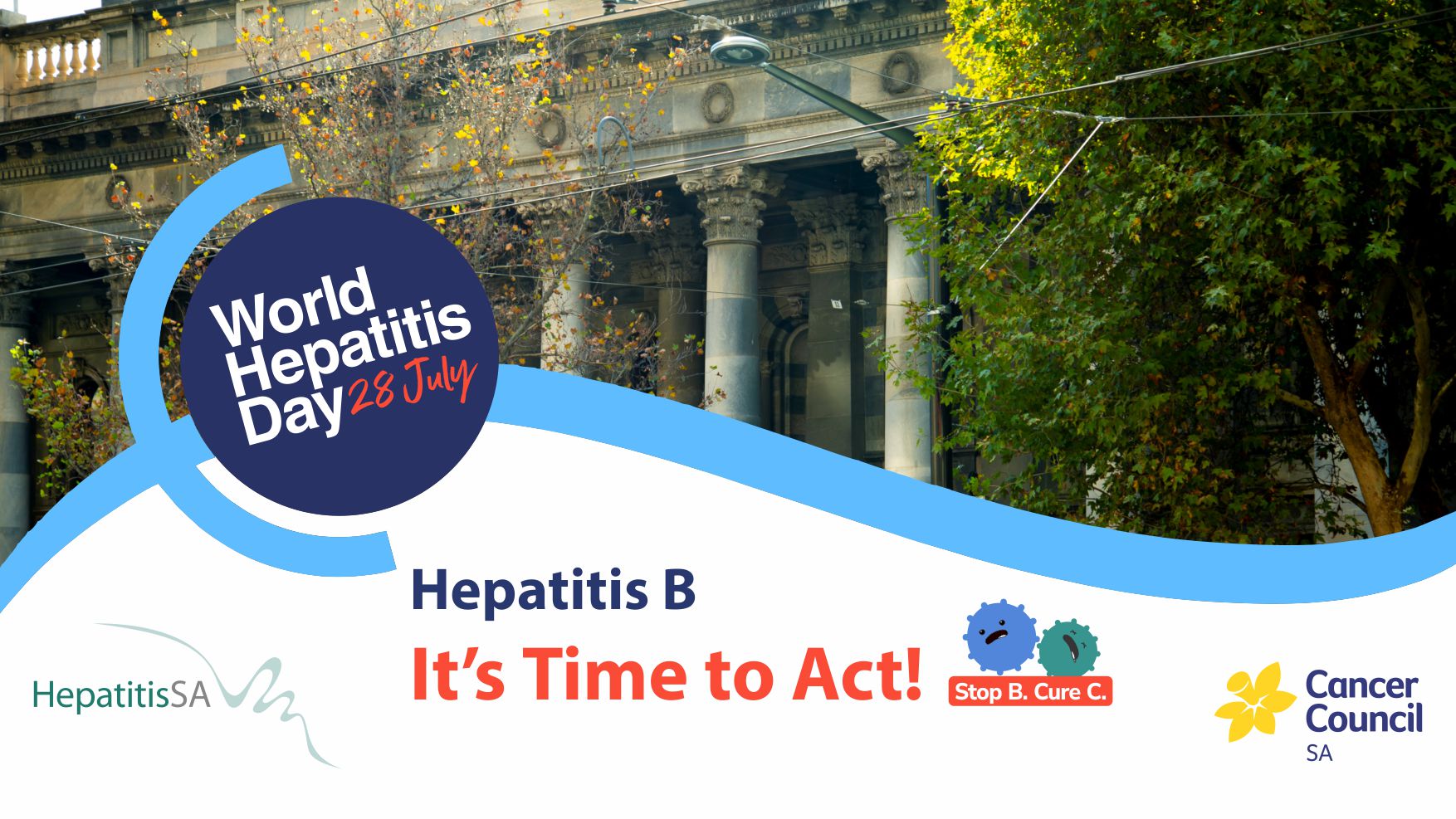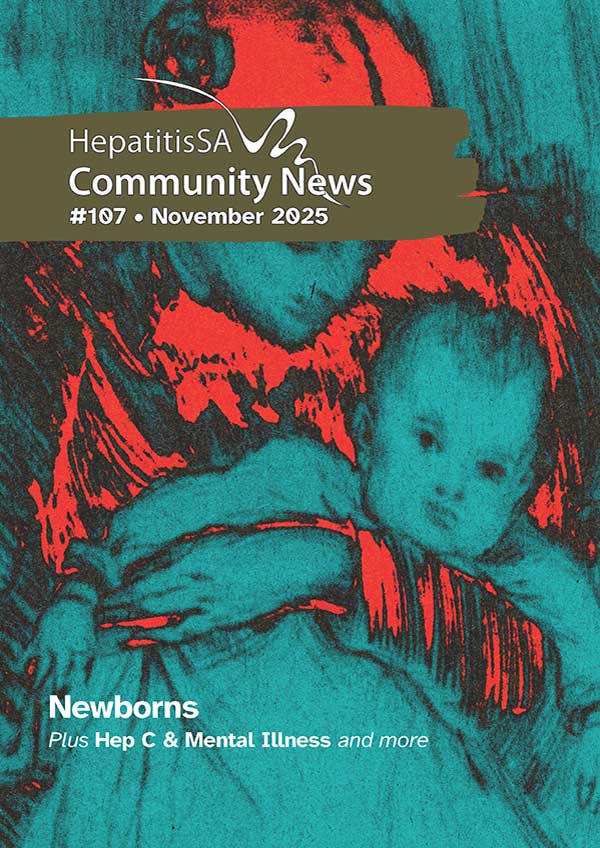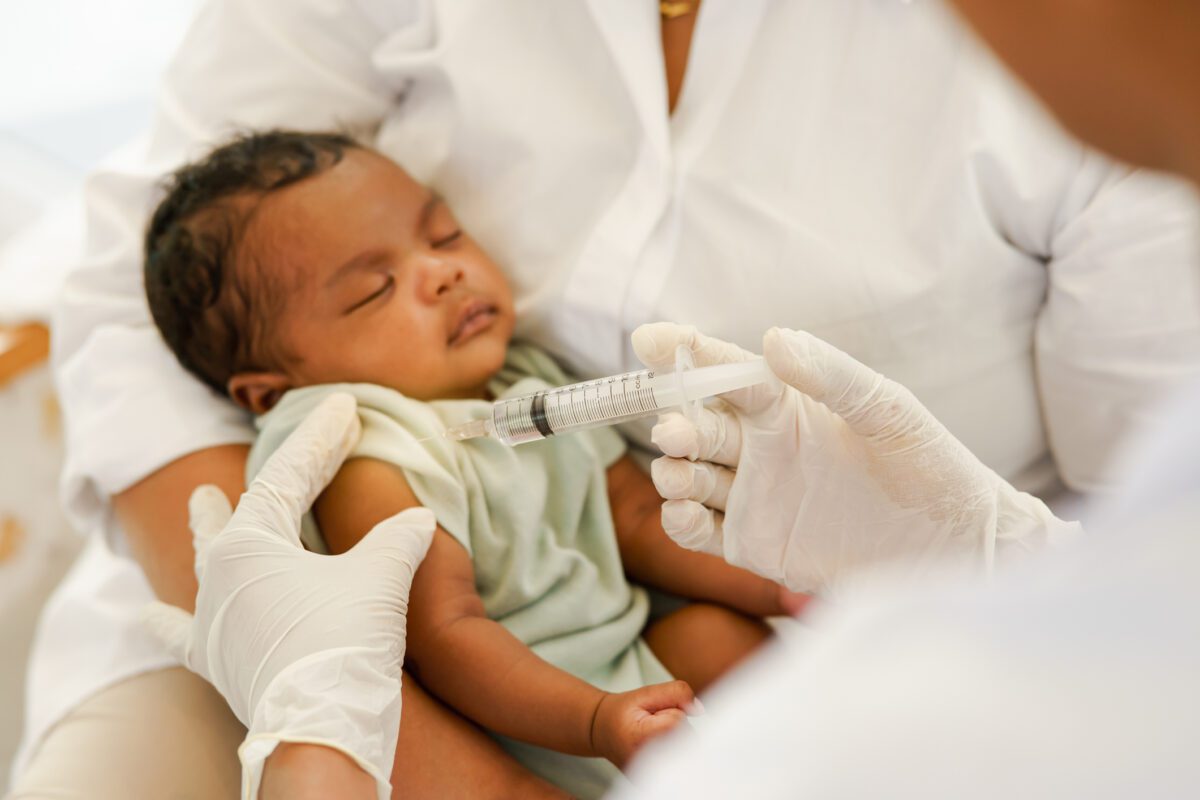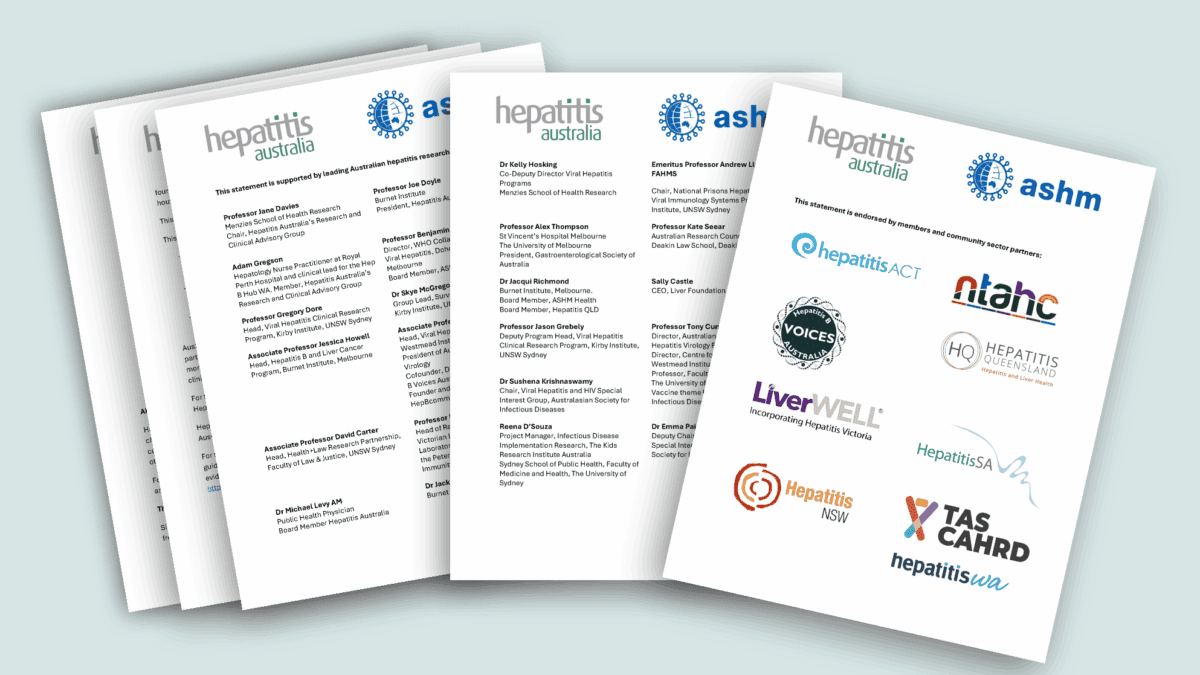South Australian Members of Parliament have been urged to help raise hepatitis B awareness in their communities, and to support calls for more resources to increase efforts to reach people affected by the disease.
The call was made in a letter to 23 Members of the House of Assembly, whose electorates have higher prevalence of hepatitis B. Jointly signed by Cancer Council SA Interim Chief Executive, Lucy Ayre, and Hepatitis SA Chief Executive Officer, Kerry Paterson, the letter invited the parliamentarians to meet with Hepatitis SA and Cancer Council SA representatives to discuss how they could come together to address viral hepatitis in their communities.
It pointed out that over 10,500 people in the South Australia live with hepatitis B, a disease that left unmanaged, could lead to serious liver disease including cancer.
“Unfortunately, only 17 to 23.4 per cent of people have a care plan to manage their illness, falling short of the 50 % target,” the letter said.
… a primary cause of liver cancer, driving Australia’s fastest growing cause of cancer death
“South Australia, alongside other Australian jurisdictions, has committed to eliminate hepatitis B by 2030. Hepatitis SA in partnership with Cancer Council SA are inviting you as a member of the South Australian Parliament to help raise awareness in your community.
“Hepatitis B is the most prevalent and burdensome blood-borne virus in Australia. It disproportionately affects people from regions of high prevalence and First Nations peoples. It is a primary cause of liver cancer, driving Australia’s fastest growing cause of cancer death.”
The letter provided estimates of the numbers of people with hepatitis B in each of the 23 electorates, adding that in South Australia, 30 per cent of those with hepatitis B are unaware of their condition and hence are not receiving the care they need.

“Engaging in care is crucial for people with hepatitis B to provide appropriate treatment to manage the condition and prevent liver damage and cancer,” the letter said.
To date, only three MPs opened the email and none has taken up the offer of a meeting.
Hepatitis SA and Cancer Council SA partnered to undertake the hepatitis B advocacy for World Hepatitis Day 2024, targeting priority areas to ask members of the parliament to share resources, and contact us to work together on reducing the impact of hepatitis B in these communities. Follow-ups expected to continue for the rest of the year. Disappointingly, to date, only three MPs opened the email and none has taken up the offer of a meeting.
Mapping studies by the WHO Collaborating Centre for Viral Hepatitis at The Doherty Institute have shown that the South Australian rate of hepatitis B diagnosis, 69.2 per cent, is below the national average of 72.1 per cent. Similarly, our state’s treatment uptake (11.1 per cent) and care (17 per cent) are below the national averages of 12.9 per cent and 25.5 per cent respectively – and are nowhere close to the Third National Hepatitis B Strategy’s 2022 target of 20 per cent treatment uptake and 50 per cent in care1.
In Australia, people most affected by hepatitis B are First Nations people and people from regions of higher prevalence. Worldwide, most people with chronic hepatitis B were infected during childhood. About 95 per cent of people who are infected as children will go on to develop chronic hepatitis B. The reverse is true for those who were infected as adults – 95 per cent will clear it naturally and five per cent will go on to develop chronic hepatitis B.
Unlike hepatitis C, there is no cure for hepatitis B yet but there is a safe, effective vaccine to prevent hepatitis B and for those living with chronic hepatitis B, there are effective drugs to manage its progression. Regular monitoring is recommended for everyone living with chronic hepatitis B, even those who are experiencing no symptoms.
——————————————————————————————
For more information visit: https://hepatitissa.asn.au/hep-b-take-action.
1 SURVEILLANCE FOR HEPATITIS B INDICATORS, NATIONAL REPORT 2022, Tracking Australia’s progress towards hepatitis B elimination, WHO Collaborating Centre for Viral Hepatitis VIDRL, Doherty Institute. p13
Last updated 9 September 2024
More from:
Enjoyed this article? Subscribe to be notified whenever we publish new stories.
Subscribe for Updates





